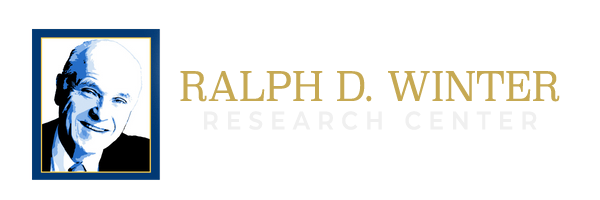“Fractal” Relations between “Religions”
“Fractal” Relations between “Religions”
“… Religions are neither all the same nor incommensurably different. Rather, they resemble each other precisely in their internal diversity” (pg. 339).
The concept of fractal relations between religions is very helpful for clear thinking and proper understanding. This concept came to my attention from a review in the 2021 issue of Buddhist-Christian Studies.[1]
Perry Schmidt-Leukel introduced the concept of relations between religions as fractal in his 2017 Orbis book, Religious Pluralism and Interreligious Theology, as noted by Paul Knitter in his review of Schmidt-Leukel’s To See the World in a Flower, and this is particularly in the last chapter, “A Fractal Interpretation of Religious Diversity” (pp. 222-245). Schmidt-Leukel explains there that “fractal” is a mathematical term introduced in 1975 that “refers to certain patterns, structures, or forms that display either a rough or strict self-similarity across various scales” (223).
Knitter summarizes how Schmidt-Leukel applies this concept in To See the World in a Flower: “Differences that postmodern scholars identify between the religions … are identifiable also within each of the religions” (339; italics original). Further,
Perry proceeds to identify fractal complementarities between Buddhism and Christianity in four areas: whether human existence in the world calls for detachment or involvement; whether Ultimate Reality is impersonal or personal; whether the role of mediators, Gautama and Jesus, is that of an awakened teacher or divine incarnation; whether the experience of salvation is one of self-help or other-help. On all four questions, Perry responds that for both religions, it’s a matter of “both-and.” (339; italics original)
Knitter suggests that this reality of comparative patterns between various sub-groupings within religious systems calls for embracing a pluralistic approach to religions, and questions “why Perry, a battle-scarred proponent of pluralism, does not draw this conclusion” (339). In his response Schmidt-Leukel points out that despite fractal relations “these differences actually exist in both religions [Buddhism and Christianity] although with different emphasis and in very different forms” (343, emphasis added).
So this insight does not amount to a simplistic pluralism that all religions are the same. But it is helpful to identify that within all religious systems there are tensions (sometimes arguments) between people with a more mystical approach and those with a more intellectual (doctrinal or philosophical) approach. Within every religion there are those inclined to renunciation and those inclined to service, those who view salvation as beyond this world and those who prefer to focus on transformation within and of this world. The “Eastern religions” consistently erupt with theistic expressions (as should only be expected by those who hold to God who created people in his image), while theistic faiths also provoke questions of how adequately the divine can be defined. In fact, these tensions are present within each of us, and come to varying expressions in different seasons of our lives.
This recognition does not point to pluralism, but to the reality that humankind is in the image of God. Humans are complex creatures (complex as image bearers of God, fuller complicated by the reality of sin), tending to extremes but always pulled back towards a complex balance of perspectives. What we call the world religions have developed over centuries in various cultural contexts and within each is seen the dynamic diversity representative of the image of God; again, fallenness further complicating the picture.
The “world religions paradigm” is not particularly helpful in interreligious relations. It cannot be ignored, but the broad “religion” with which any particular person is identified really tells very little about that person. Recognizing the fractal relations of religions attunes one to sub-strata, emphases within broader traditions, that reduce simplistic summaries and force one to deal with local and individual realities.[2] This perspective also points back to the image of God, the true foundation for interpersonal relations across “religious” boundaries.
Notes
- “Seeking Buddhist-Christian Understanding: Friends in Dialogue,” a review of To See a World in a Flower: A Fractal Interpretation of the Relations between Buddhism and Christianity by Perry Schmidt-Leukel, Beijing: Religious Cultural Publishing House, 2020, reviewed by Paul Knitter in Buddhist-Christian Studiesvol. 41, 2021, pp. 338-345; with a response by P. Schmidt-Leukel. I could not find a way to purchase a copy of To See the World in a Flower so cannot refer to that publication in this blog. The quotation that heads this blog is referenced as from page 7 of the book.
- Substrata within Christianity would include liberal Protestant, traditional Catholic, Pentecostal, etc. Within Islam would include Sunni, Shia, Sufi, traditionalist, modern, etc., and so on for other religious traditions.

